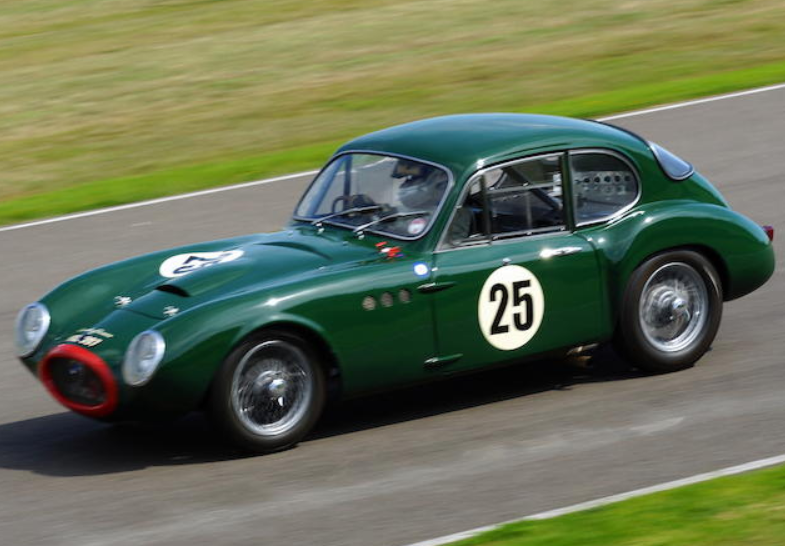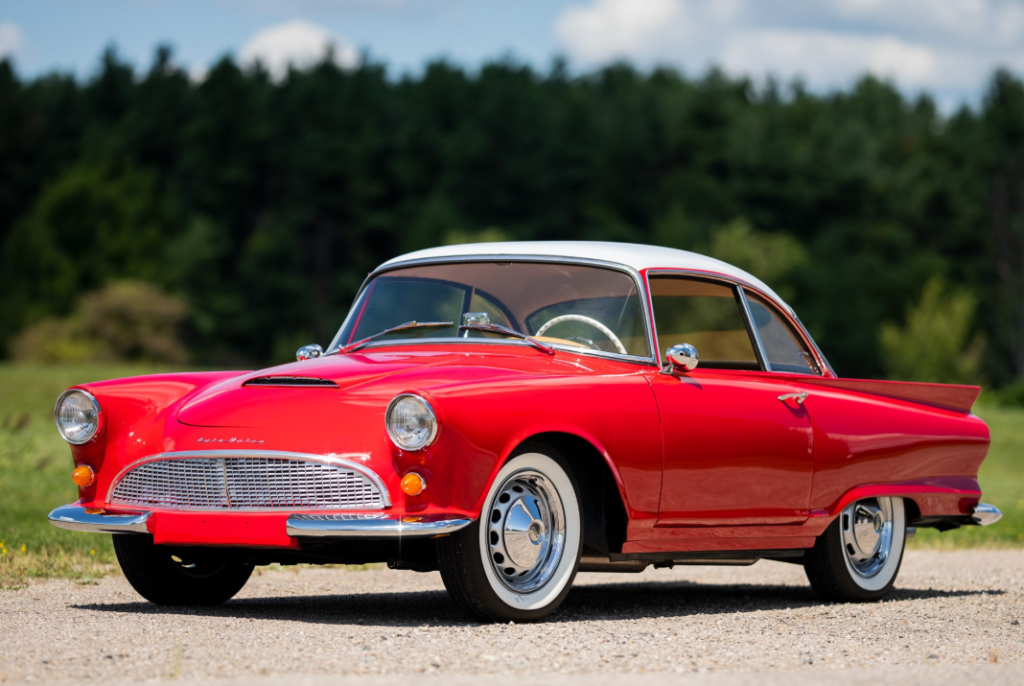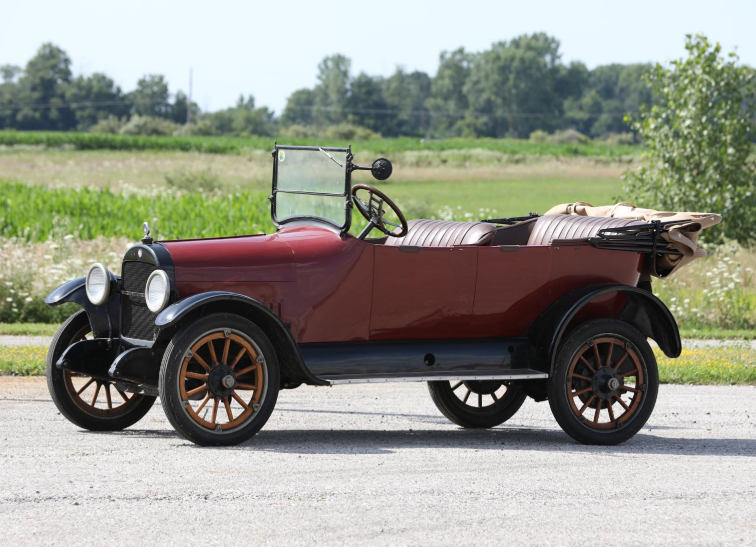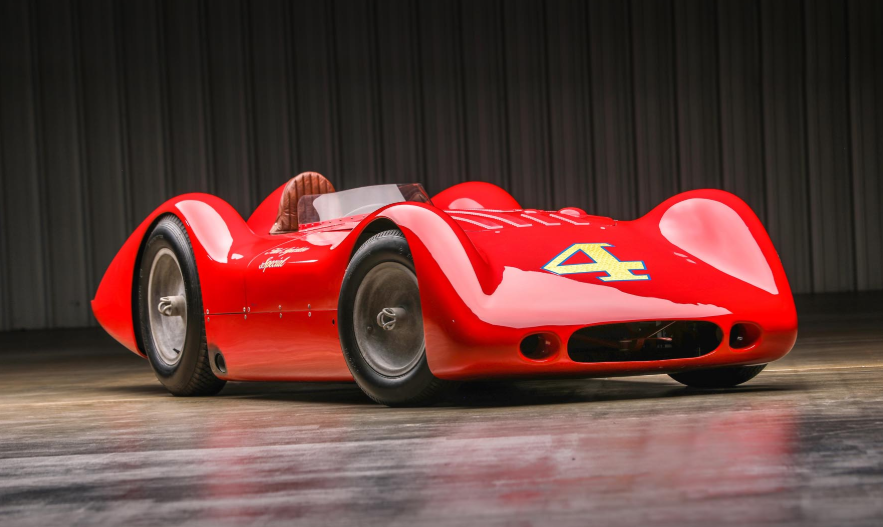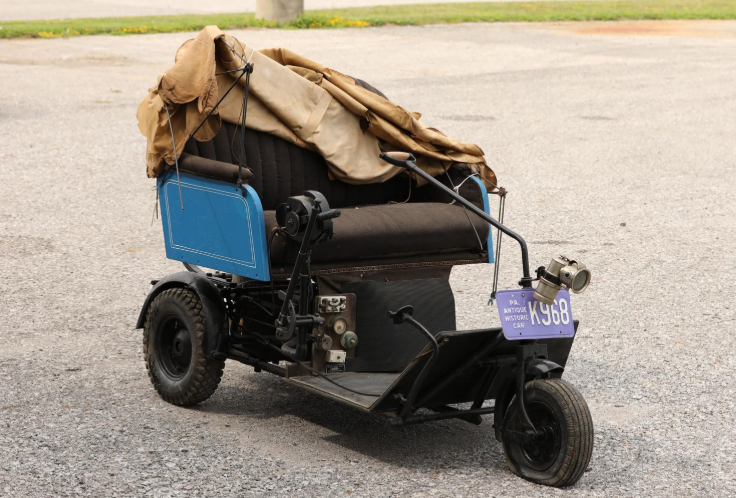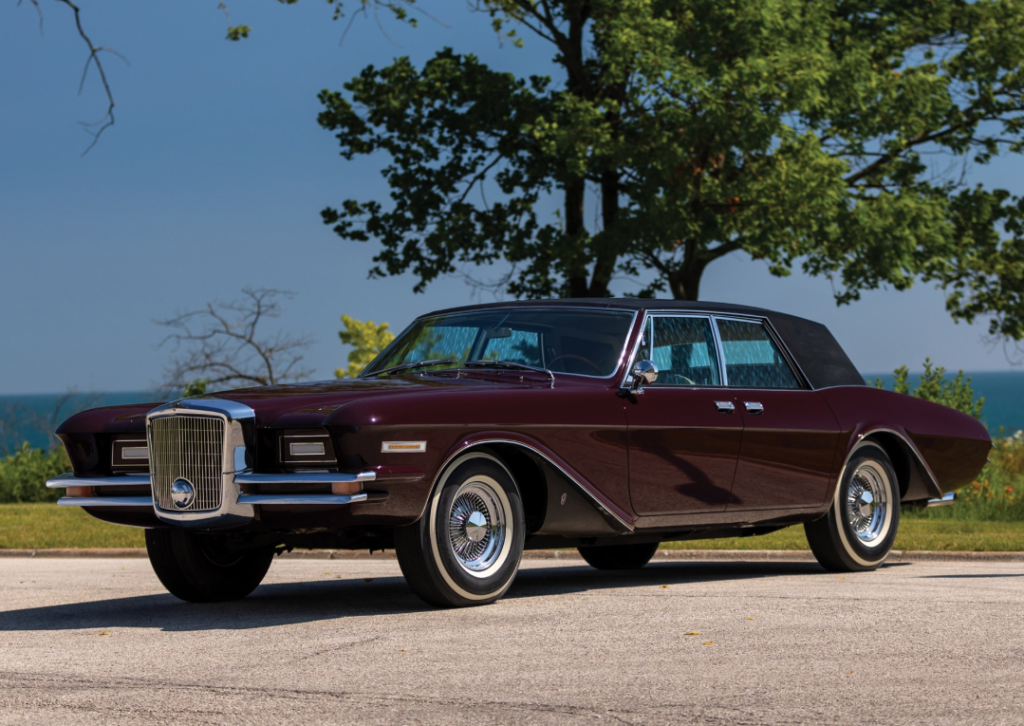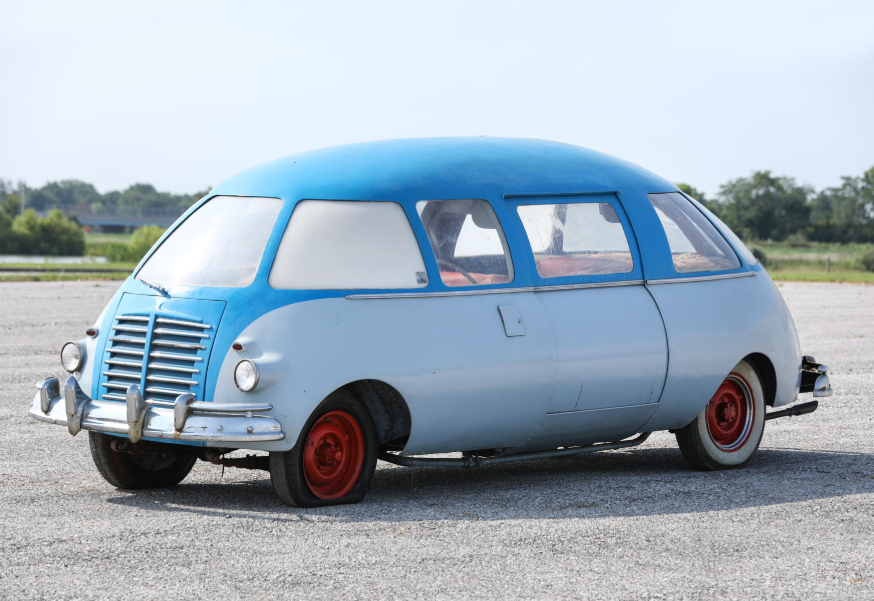We’ll start in August with Mecum’s Harrisburg sale, where an insane thing happened: the Plymouth Superbird we featured (that also happened to be Richard Petty’s former race car), failed to sell… for $3,500,000. Yeesh. The overall top seller was this 1970 Plymouth Hemi Cuda Sox & Martin drag car for $429,000. Click here for complete results.
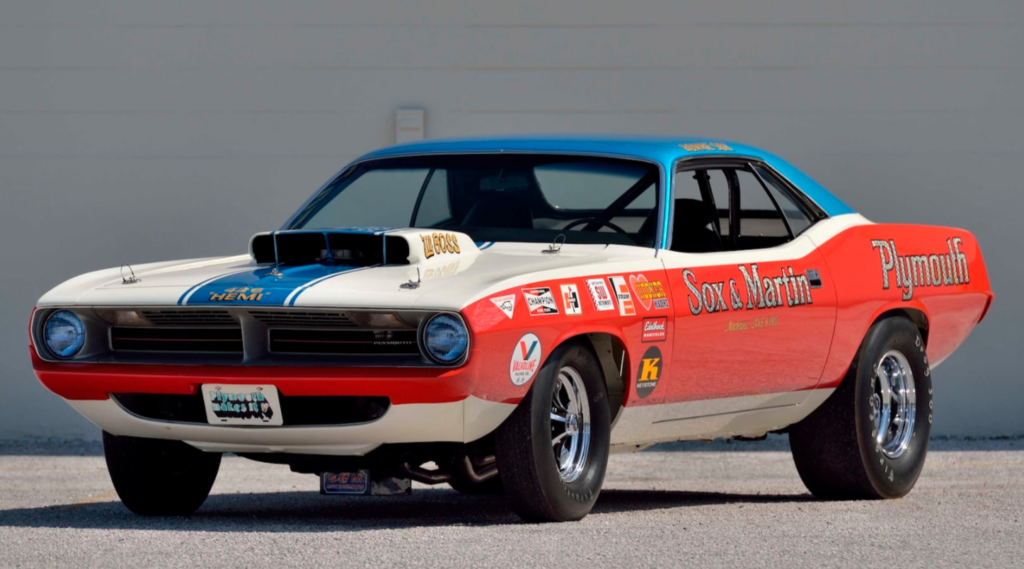
Now we move to Monterey, and we’ll start with Bonhams Quail Lodge sale. The top sale was the Ferrari 340 America we featured. It brought $3,635,000. No-sales among our feature cars included the Shelby/De Tomaso racer, the Siata 208 CS, and, I’m pretty sure, this Stutz Monte Carlo. Most Interesting is awarded to this 1935 Bugatti Type 57 Galibier sedan by Gangloff that went for $246,400.

Other highlights here included the Fran Roxas-bodied Duesenberg for just $478,000, the Hughes-Kircher Special for $304,200, the 1928 Cunningham for $80,000, and a previously-featured 12-seater Delahaye for $86,800. Click here for complete results.
Pivoting back to Mecum for their Monterey sale, we find that the top seller was this 1967 Ferrari 275 GTB/4 that sold for $2,750,000.
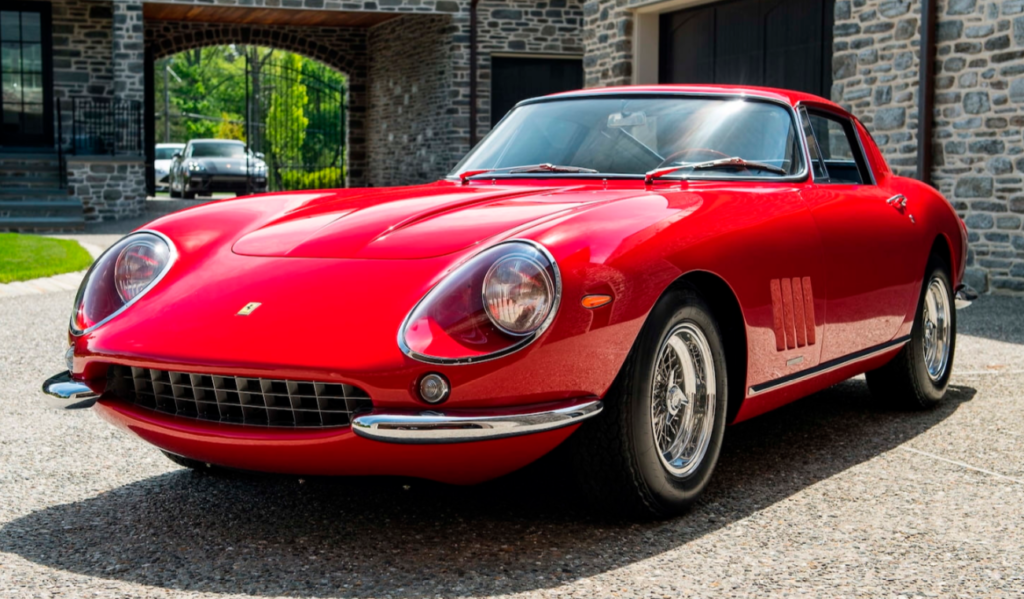
The Ferrari 250 Monza was a no-sale at $20,000,000 – which just means that they had exceedingly high expectations for a car they didn’t seem too sure what it was. Other no-sales included the Delahaye Narval and previously-features cars such as this Rolls-Royce Silver Wraith, a Talbot-Lago, the Lamborghini Centenario, a Corvette ZR2 convertible, and the Dragonsnake Cobra. The Gerhardt-Offy and Lola-Menard also failed to sell.
But, Arie Luyendyk’s ’97-winning car went for $440,000. Other sales included the Mercedes Alpine racer for $330,000 and a previously-featured McLaren 675LT Spider for $253,000. Click here for the rest of the results.
Next up is Gooding & Company’s Pebble Beach sale. We’ll start with the no-sales, which included the Alfa Superflow, Jaguar XJR-10, and, I think, a previously-featured OSCA. The biggest seller was this 1958 Ferrari 250 GT LWB California Spider that sold for $9,905,000.

The Ferrari we featured, the Niki Lauda F1 car, sold for $6,000,000. Other Italian sales included the Alfa 256 for $2,755,000 and the Isotta Indy car for $2,645,000.
And our other feature cars, in decreasing order, were the Duesenberg Sport Berline for $2,040,000, the Studebaker Indy car for $1,105,000, and the Tatra for $412,000. Click here for more results.
And to wrap this post up, RM Sotheby’s much-talked-about sale, where the expected star, the 1939 Porsche, failed to sell after mass confusion. They did manage to set a record for a McLaren at auction, selling this 1994 McLaren F1 “LM-Spec” car sold for $19,805,000. These cars are not done appreciating.

Other no-sales included the Ferrari 196 SP, the Ferrari 375MM, the Vector M12, a Duesenberg, and a previously-featured Maserati. On the “cheap” side of things, we have the 1990s Pantera for $240,800, the Jaguar Pirana for $324,000, and a previously-featured Rolls-Royce for $665,000.
Seven-figure cars included the Lincoln Indianapolis Concept at $1,105,000, the Aston DB5 wagon for $1,765,000, the Ferrari FXX for $3,520,000, and the GT40 Roadster for $7,650,000. Click here for final results.

